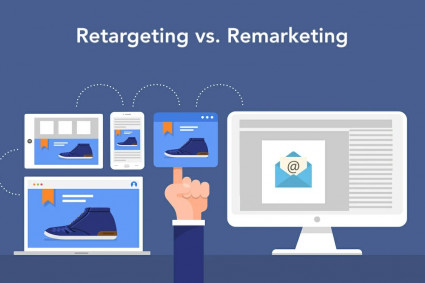
Poor quality backlinks will prevent your site from growing and you can even get fined if you have too many. If you're trying to improve your website's SEO and aren't seeing any results, chances are you have too many bad backlinks which are having a negative impact on the growth of your company and are the reason for the failure of your efforts. To get your website back to its original state and get more organic traffic, you will need to get rid of all the bad links that are negatively affecting the ranking of your website.
If you made a mistake and hired a shady or unskilled SEO company or someone built some bad backlinks on your site, here is a solution to get rid of all the bad backlinks without using link cleanup services or any other expensive method.
What is a poor quality backlink for SEO
First, you need to understand what makes a link bad for SEO and how you can quickly determine the quality of any backlink. There is a common misconception that all backlinks are good and will improve your SEO. This is completely wrong.
Here are some examples of bad links you shouldn't have:
• Backlinks from sites that are penalized by Google.
• Backlinks from unrelated sites. Relevance is essential for SEO.
• Backlinks from pages with thin and automatically generated content.
• Backlinks that are created automatically.
• Link exchange.
• Track purchased links.
• Links from sites that have duplicate content issues.
• Avoid too many links with overly optimized anchor texts.
• Links from blog networks.
• Backlinks from link schemes.
There are so many types of links that can be bad for your site's SEO. As many SEO companies continue to build poor-quality links, you should always monitor your link profile; don't completely trust your link profile.
How to tell if a backlink is good or bad
Determining whether a link will help with SEO or not can be done by analyzing the quality of the site linking to you.
Fortunately, there are a number of SEO tools and plugins available, and they all make our lives a little easier.
Here are the steps you need to take to determine link quality.
1. Check if the site is ranked by its brand name
You can run a simple search on Google for the brand of the website you are trying to analyze. If its placement is in the first position, you can proceed to the next steps of the analysis. The sites which are nowhere on the first pages are not reputable enough to rank for their name. You should avoid linking from such sites.
2. Check how much traffic the website is getting from search engines
After completing the first step, you will need to see the percentage of traffic the website is getting from search engines. It is a fast proxy that will determine if Google has penalized or filtered a website or not. The second site, which is not ranked by its name, has significantly different results. Of course, the traffic is much lower, but the amount contributed by organic search is very low.
3. Use common sense to determine if a website is trustworthy and relevant
Now that the website you're trying to analyze has passed the first two tests, you'll need to manually review the link to decide if it's correct or not by using backlink cleanup services. If the site is relevant to your industry and provides value to readers, you may have found a solid link.
Conclusion
Most well-known SEO tools have created metrics to help users understand the quality of a website and its backlinks. You can use them to determine how good a site is, but don't rely on them 100%. Don't obsess over PageRank. The public data was not updated for more than two years when Google finally removed the Toolbar PageRank (Public).






